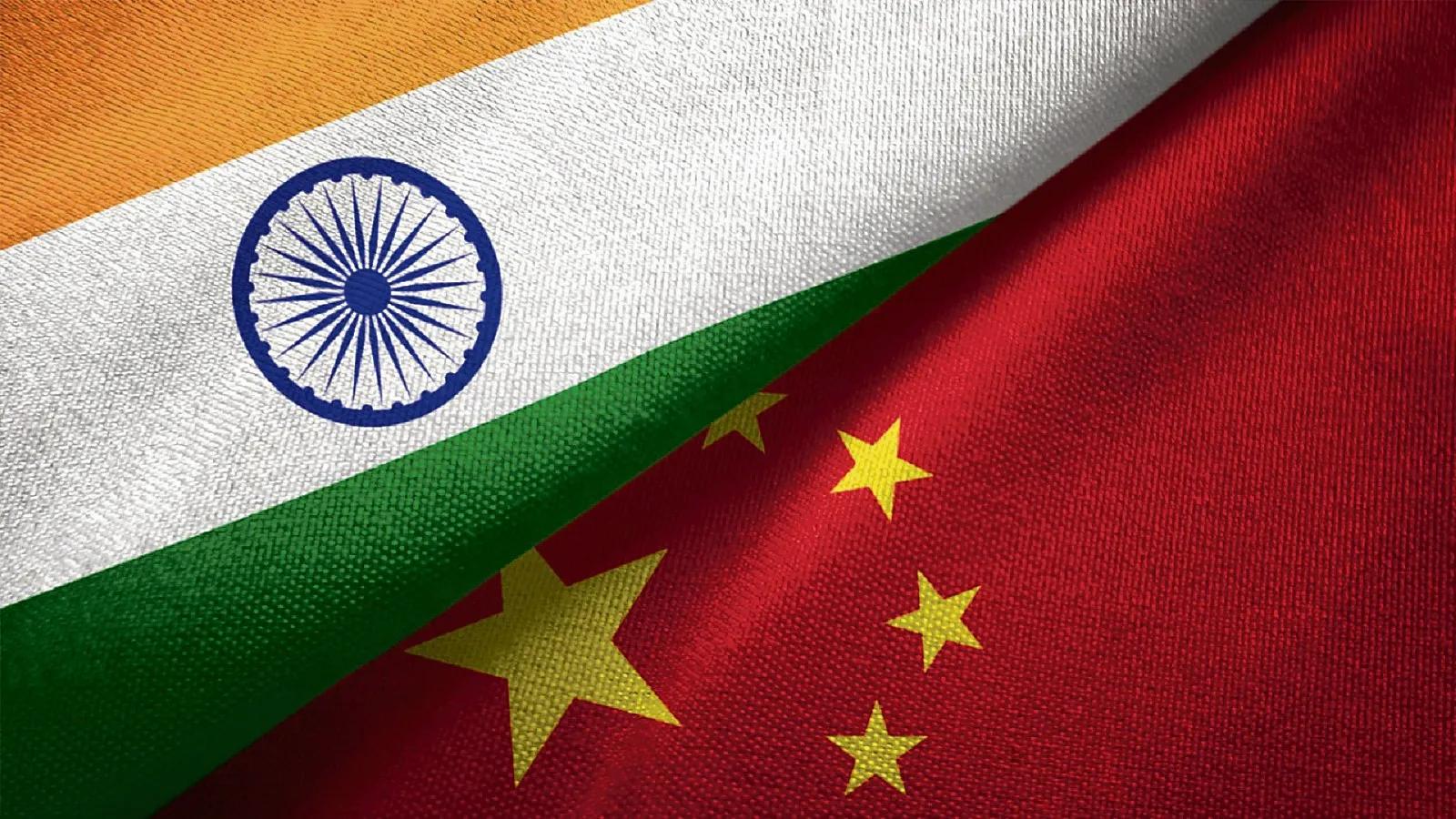Mukhtar Gill
China has come clean about its plans to build the world’s largest dam on the Brahmaputra river in Tibet near the Indian border. China has rejected the concerns being expressed about the plan to be built with an estimated cost of 137 billion US dollars. It said that the plan to build the dam is correct and it will not affect India and Bangladesh. China Yarlung Jungbo (Tibetan name of Brahmaputra) leaves Tibet and reaches Bangladesh through India’s Arunachal Pradesh and Assam.
The special representative level meeting between India and China was held in Beijing recently. India was represented in the meeting by National Security Advisor Ajit Doval; Foreign Minister Wang Yi was the special representative from China. Talks have been held 22 times before to resolve the border dispute between India and China. Doval himself has represented India in this dialogue from 2014 to 2019. To understand the importance of this meeting, it is important to know that India and China met as special representatives. Border issues are the focus of this level of negotiations.
India and China have met at many levels. Through these, continuous efforts are being made to reduce the tension in the relations between the two countries since the year 2020. In fact the dispute was linked to several border areas of Eastern Ladakh though where Talkhi started, i.e., the Line of Actual Control between the two countries and the Galwan Valley clash on 15 June 2020. The agreement to resume these talks was reached between Prime Minister Narendra Modi and Chinese President Xi Jinping in a meeting held on October 21, 2024 during the BRICS summit in Kazan, Russia to reduce border tensions. Narendra Modi, while welcoming the agreement, emphasized the need to ‘manage differences and disputes in an appropriate manner and not disturb peace’. The Ministry of External Affairs of India has stated in its statement on December 5 that all the obstacles on the border have been removed in the year 2020. The Ministry of Foreign Affairs of China has also accepted the issue of a solution related to the border area. The government also said that now an agreement has been reached with China on allowing the army to patrol and shepherds in Depsang and Demchok as before. Chinese Foreign Ministry Spokesperson Lin Jian told the media that his country is always ready to engage with India by increasing mutual trust and confidence through dialogue and communication. Have the issues between the two countries been resolved? Despite these meetings and agreements, there are some questions whose answers are still not clear and clear. The McMahon Line is still an obstacle in the border dispute because China does not recognize the McMahon Line. The border line between India and China is approximately three and a half thousand kilometers long; China asserts its claim on India’s Ladakh and Arunachal Pradesh by stating only two thousand kilometers.
China’s attitude towards India has been under suspicion before. The decisions that China takes in the name of its own interest and development are sometimes no less than a risk for the neighboring countries. This suspicion also arises because China’s activities in the border areas reflect its latent appetite for expansionism. This is the reason that now China is building a dam on the Brahmaputra river for the purpose of energy production while taking its development journey. Through this dam, China will generate three hundred billion kilowatt hours of electricity every year. His decision has raised the concern of India and Bangladesh as China’s proposed dam on the Brahmaputra river will continue to pose threats to Bangladesh that India has expressed concerns about.
At first sight, this is a development activity being done by China within its own sphere, but its results can create various risks and other challenges in front of India and Bangladesh. In fact, the Yarlung Jangbo River flows into Arunachal Pradesh in India. After the dam is built, if China controls its water, it could have a direct impact on India; That is, in this way India’s dependence on China will increase. Similarly, if the water is released from this dam in an unbridled manner, it can cause disaster in many areas of India due to sudden floods. Bangladesh is also worried about this concern of India because the same effect will be there too. However, while defending this plan, China is cleaning up, but its decision will remain suspicious in front of India. India does not find China’s attitude trustworthy even today.
According to media reports, top army officials have confirmed that even now the situation in the buffer zone areas has not returned to what it was before, i.e., the way it was before 2020. This was also pointed out by External Affairs Minister Jai Shankar in his statement in the Rajya Sabha. Well! Doubts about the improvement in India-China relations will remain.
Contact: 98140 82217

